Home>Furniture>Outdoor Furniture>How To Keep A Patio Heater From Blowing Over


Outdoor Furniture
How To Keep A Patio Heater From Blowing Over
Modified: May 6, 2024
Prevent your outdoor furniture from blowing over with these tips. Learn how to keep your patio heater stable and secure to enjoy your outdoor space all year round.
(Many of the links in this article redirect to a specific reviewed product. Your purchase of these products through affiliate links helps to generate commission for Storables.com, at no extra cost. Learn more)
Introduction:
Welcome to our comprehensive guide on how to keep a patio heater from blowing over. Patio heaters are wonderful additions to any outdoor space, allowing you to extend your time spent outside even during cooler seasons. However, strong winds can pose a threat to the stability and safety of your patio heater. In this article, we will explore various techniques and strategies to secure your patio heater and prevent it from toppling over in windy conditions.
Before we dive into the methods of securing your patio heater, it is essential to assess the location where you plan to place it. Take note of the surrounding environment, such as the layout of your patio, the direction and intensity of prevailing winds, and any potential obstructions that may enhance or reduce wind flow.
By carefully selecting the right location, you can minimize the risk of your patio heater being exposed to extreme wind gusts. Now, let’s explore the various approaches you can take to secure your patio heater and ensure your outdoor gatherings are safe and enjoyable.
Key Takeaways:
- Choose a sheltered location and secure the base of your patio heater to prevent it from blowing over in windy conditions. Consider using additional weight, anchors, and wind barriers for added stability.
- Regular maintenance and inspections are essential to ensure the safety and functionality of your patio heater. Clean, check for damage, tighten connections, and follow manufacturer’s instructions for long-term reliability.
Assessing the Patio Heater Location:
Before you start securing your patio heater, it’s crucial to choose an appropriate location. This will help minimize the risk of it being susceptible to strong winds. Here are some factors to consider when assessing the location:
- Wind Direction: Take note of the prevailing wind direction in your area. You want to position the patio heater in a way that it is not directly facing the wind. This will help reduce the impact of strong gusts and prevent it from tipping over.
- Sheltered Areas: Look for areas on your patio that are naturally sheltered, such as corners, near walls, or under canopies. These spots can provide some protection against strong winds and minimize the risk of your patio heater being blown over.
- Obstructions: Identify any potential obstructions that could enhance or reduce wind flow in the area where you plan to place your patio heater. Large structures, such as walls or fences, can act as windbreaks and offer protection. However, be cautious of any objects or trees that could create turbulent wind patterns and increase the risk of your patio heater toppling over.
By carefully considering these factors, you can select a suitable location for your patio heater, ensuring it is less likely to be affected by strong winds. Remember, the goal is to find a spot where your patio heater can operate safely while providing warmth and comfort to your outdoor space.
Securing the Base of the Patio Heater:
One effective method to prevent your patio heater from blowing over is to secure its base. By adding stability to the bottom of the heater, you can significantly reduce the risk of it toppling over in windy conditions. Here are a few ways to achieve this:
- Weighted Base: Many patio heaters come with a weighted base specifically designed to add stability. If your patio heater does not have a weighted base, you can purchase one separately. These bases are usually filled with sand, water, or a combination of both. The added weight will make your patio heater more resistant to wind gusts. Make sure to follow the manufacturer’s instructions on how to properly fill and secure the weighted base.
- Brick or Paver Supports: Another option is to place bricks or pavers around the base of your patio heater. These heavy objects can act as anchor points, preventing the heater from tipping over. Arrange them tightly and evenly to create a stable foundation. Be careful not to place them too close to the heat source, as they can become overly hot.
By securing the base of your patio heater, you can add stability and reduce the risk of it being blown over by strong winds. However, it’s important to note that while these methods can be effective, they do not guarantee absolute stability. It is still advisable to employ additional measures to ensure the safety and stability of your patio heater.
Using Additional Weight or Anchors:
In addition to securing the base of your patio heater, you can further enhance its stability by using additional weight or anchors. These measures are especially beneficial in areas with consistently strong winds. Here are a few options you can consider:
- Sandbags or Weights: Placing sandbags or other heavy weights on top of the base of your patio heater can increase its stability. You can use sandbags specifically designed for this purpose or opt for other heavy objects such as concrete blocks or large rocks. Ensure that the weights are evenly distributed to maintain balance and prevent the patio heater from tipping over.
- Anchor Systems: Some patio heaters come with anchor systems that allow you to secure them to the ground. These systems typically involve screws or stakes that are driven into the ground through the base of the heater or attached to a separate anchoring plate. Follow the manufacturer’s instructions on how to properly install and secure your patio heater using an anchor system.
- Ratchet Straps or Bungee Cords: Another option is to use ratchet straps or bungee cords to fasten the top of the patio heater to a solid structure, such as a railing or post. This helps prevent the heater from swaying or getting tipped over in strong winds. Ensure that the straps or cords are tightened securely but not so tight that they restrict the movement of the patio heater.
By using additional weight or anchors, you can provide an extra layer of stability to your patio heater, minimizing the risk of it being blown over by strong winds. Choose the method that is most suitable for your patio heater and ensure that it is properly secured to maintain safety and functionality.
Use a heavy base or sandbags to weigh down the bottom of the patio heater. Position the heater in a sheltered area to reduce wind impact. Regularly check and tighten all connections to ensure stability.
Creating Wind Barriers:
Another effective strategy to prevent your patio heater from blowing over is to create wind barriers around it. By reducing the impact of wind gusts, you can enhance the stability of your patio heater. Here are a few ways to create wind barriers:
- Outdoor Screens or Fences: Installing outdoor screens or fences around your patio area can help redirect the flow of wind. These structures act as physical barriers, creating a buffer zone and reducing the direct impact of strong gusts on your patio heater. Choose screens or fences that are sturdy and secure.
- Plantings and Greenery: Strategically placing potted plants, shrubs, or trees near your patio heater can create a natural windbreak. The foliage helps break up the wind flow and reduce its intensity. Opt for plants that are resilient and can withstand outdoor conditions.
- Retractable Windbreakers: If you are looking for a more flexible option, consider installing retractable windbreakers. These can be extended or retracted depending on the weather conditions. Retractable shades, curtains, or awnings provide protection from strong winds while still allowing you to enjoy open spaces when desired.
By creating wind barriers, you can minimize the direct impact of strong winds on your patio heater. This, in turn, enhances its stability and reduces the risk of it toppling over. Experiment with different methods to find the one that works best for your outdoor space.
Read more: How To Keep Patio Curtains From Blowing
Regular Maintenance and Inspections:
To ensure the long-term functionality and safety of your patio heater, it’s essential to conduct regular maintenance and inspections. By keeping your patio heater in good condition, you can prevent potential issues that may lead to instability. Here are some maintenance and inspection tips to follow:
- Regular Cleaning: Clean your patio heater regularly to remove any dirt, debris, or dust accumulation. Use a soft cloth or brush to clean the exterior surfaces, ensuring that no obstructions are blocking the vents or burner area.
- Check for Damage: Inspect the entire patio heater for any signs of damage, such as cracks, rust, or loose components. Pay special attention to the base, connections, and supports. If you notice any damage, have it repaired promptly by a professional or contact the manufacturer for guidance.
- Tighten Connections: Periodically check and tighten all the connections of your patio heater, including gas lines, fittings, and fasteners. Loose connections can compromise the stability and safety of your patio heater.
- Replace Worn Parts: Over time, certain parts of your patio heater may become worn or damaged. Inspect the burner, ignition system, and any other components for wear and tear. Replace any worn parts with compatible replacements to maintain optimal performance.
- Store Properly: If you live in an area with harsh weather conditions or during extended periods of non-use, consider storing your patio heater indoors or in a sheltered area. This helps protect it from the elements and prolong its lifespan.
- Follow Manufacturer’s Instructions: Always refer to the manufacturer’s instructions and guidelines for specific maintenance and inspection recommendations. They will provide the most accurate information tailored to your patio heater model.
By conducting regular maintenance and inspections, you can identify and address any issues that may compromise the stability and safety of your patio heater. A well-maintained and properly functioning patio heater will provide years of reliable service.
Conclusion:
Keeping your patio heater from blowing over in strong winds is essential for both the safety and enjoyment of your outdoor space. By following the strategies outlined in this guide, you can secure your patio heater and minimize the risk of it toppling over. Assessing the location, securing the base, using additional weight or anchors, creating wind barriers, and performing regular maintenance and inspections are all crucial steps to keep your patio heater stable.
Remember to choose a suitable location that minimizes the exposure to strong wind gusts. Secure the base of your patio heater using weighted bases or bricks/pavers. Consider using additional weight or anchors to further enhance stability. Create wind barriers through the use of outdoor screens, plantings, or retractable windbreakers. And, of course, regularly maintain and inspect your patio heater to ensure it remains safe and functional.
By implementing these measures, you can enjoy your outdoor space with peace of mind, even during windy conditions. Always prioritize safety and follow the manufacturer’s guidelines for your specific patio heater model. With proper care and attention, your patio heater will provide warmth and comfort for many seasons to come.
Now that you've learned how to keep your patio heater standing tall against the wind, why not give the rest of your home some attention too? Keeping up with regular home care isn't just about fixing things when they break. It's about preventing problems before they start, ensuring everything runs smoothly, and maintaining the beauty and functionality of your living space. For practical advice on keeping your house in top shape, don't miss our guide on essential home upkeep tasks.
Frequently Asked Questions about How To Keep A Patio Heater From Blowing Over
Was this page helpful?
At Storables.com, we guarantee accurate and reliable information. Our content, validated by Expert Board Contributors, is crafted following stringent Editorial Policies. We're committed to providing you with well-researched, expert-backed insights for all your informational needs.





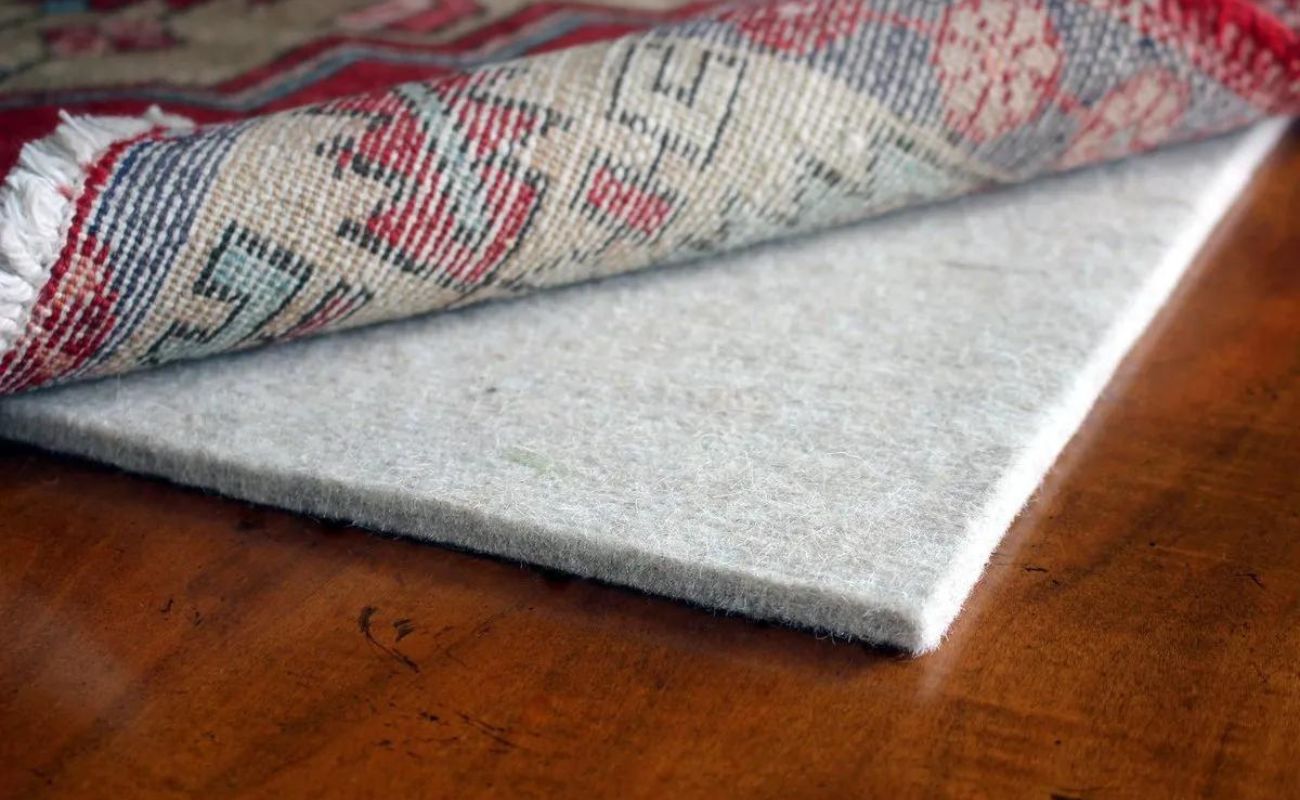

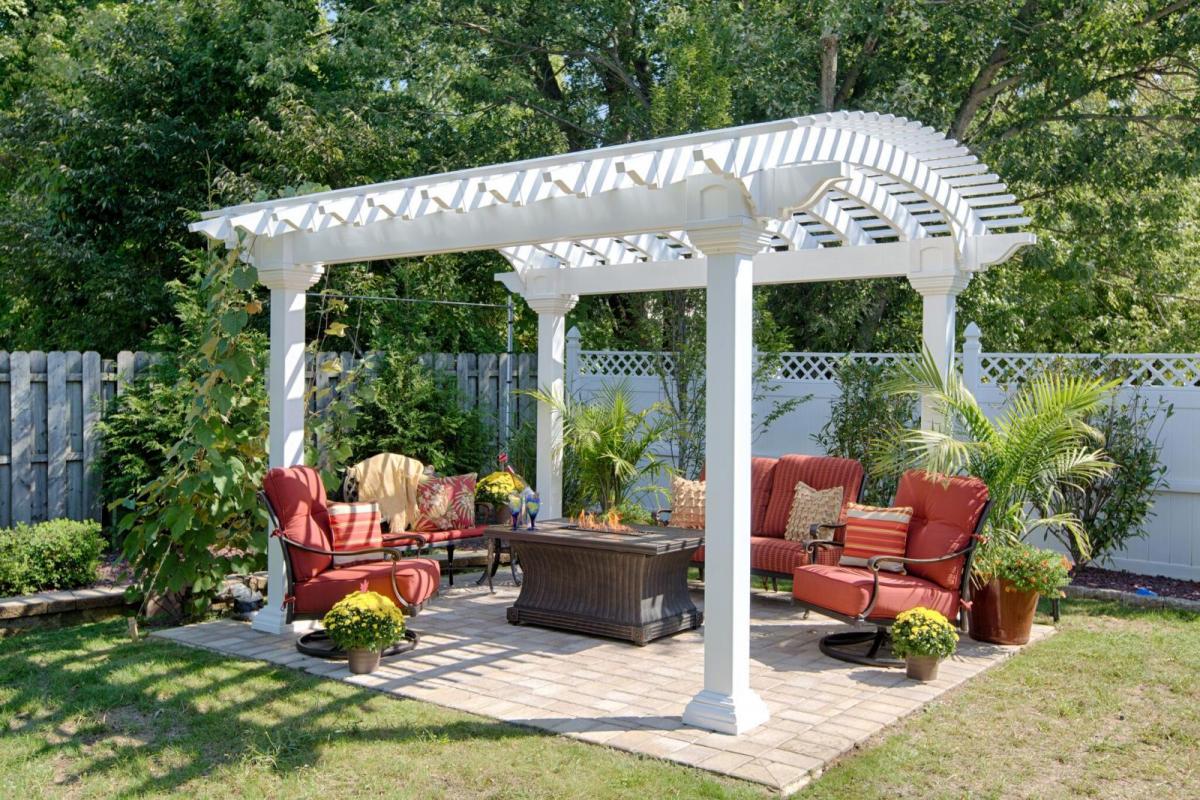

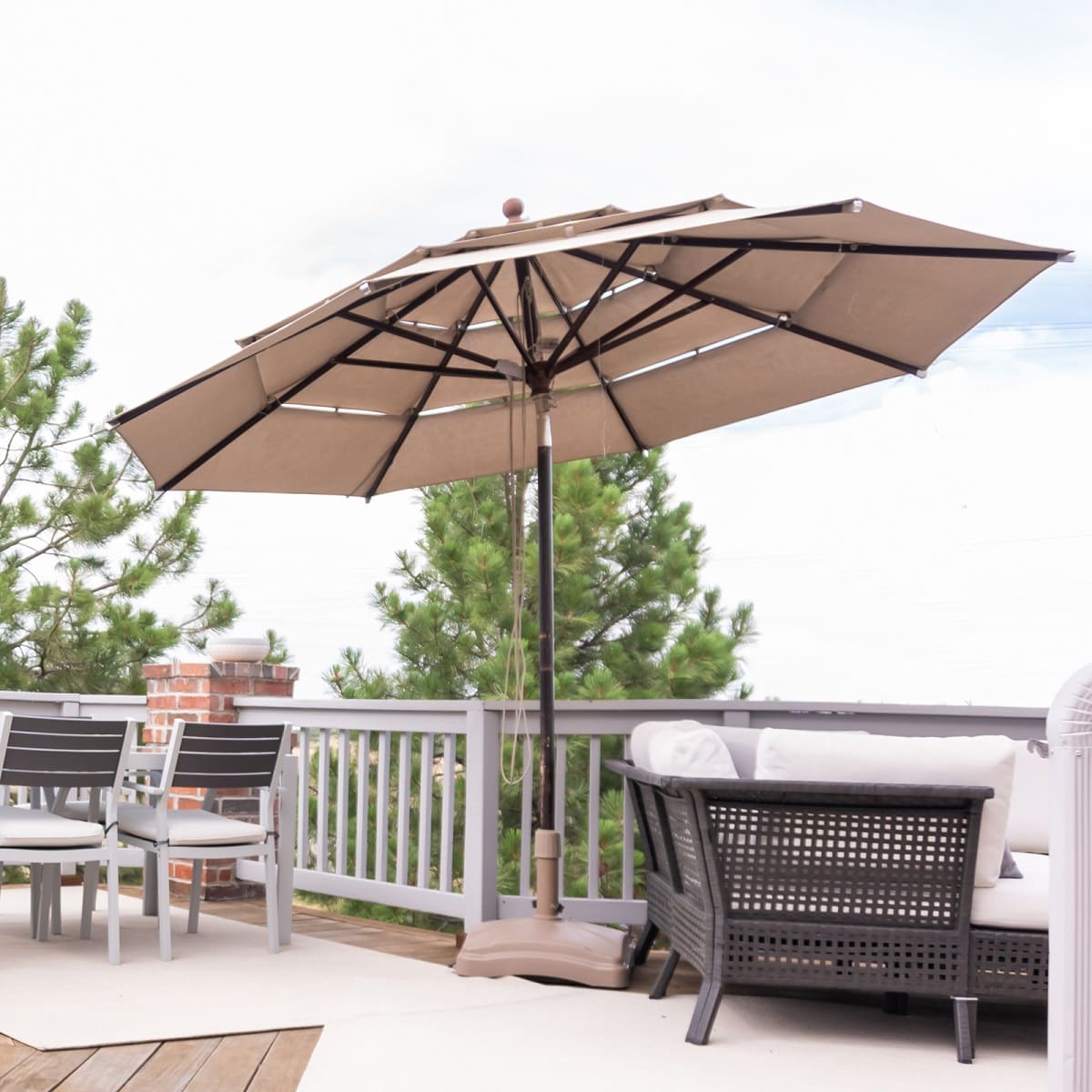
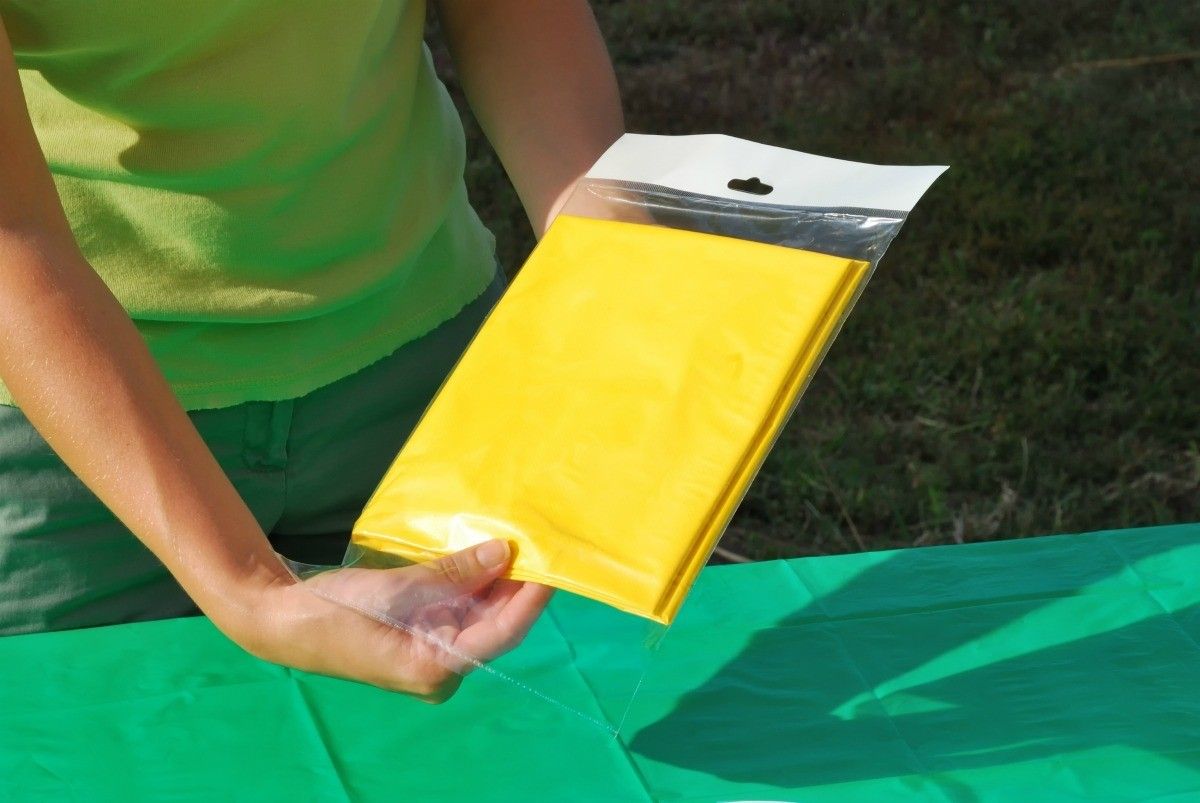
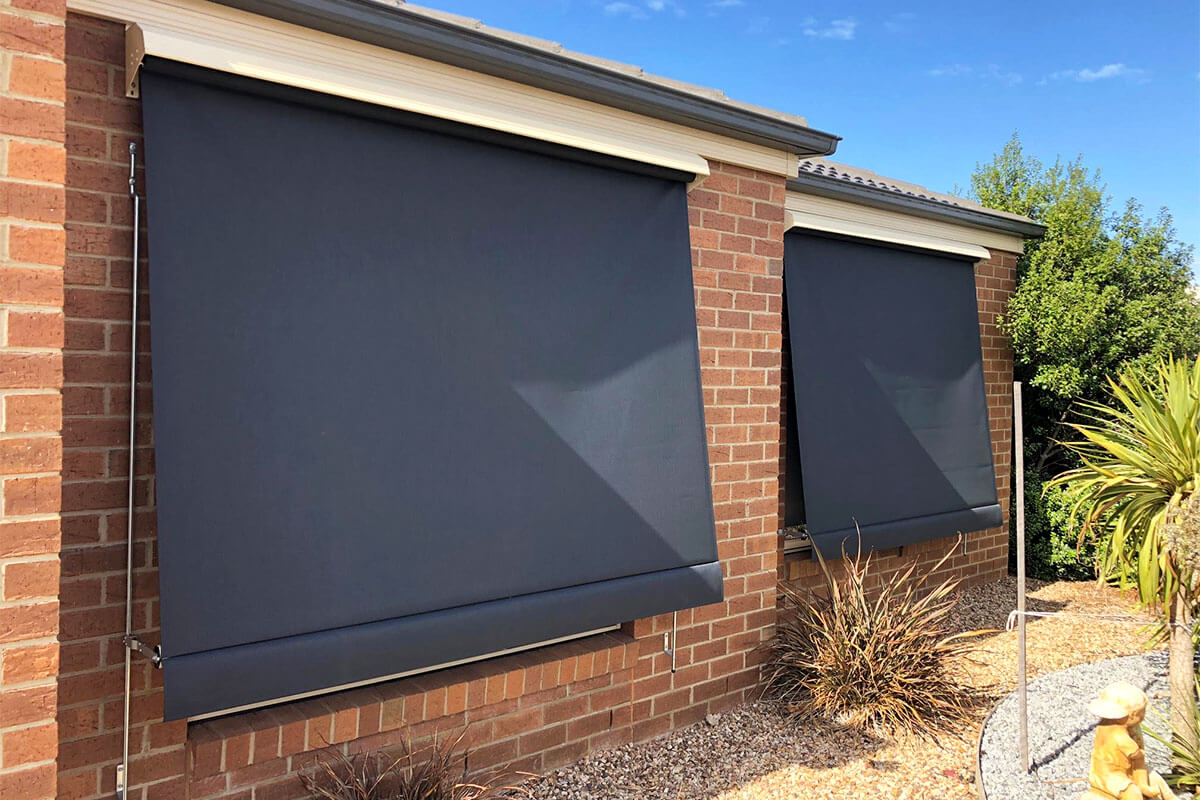
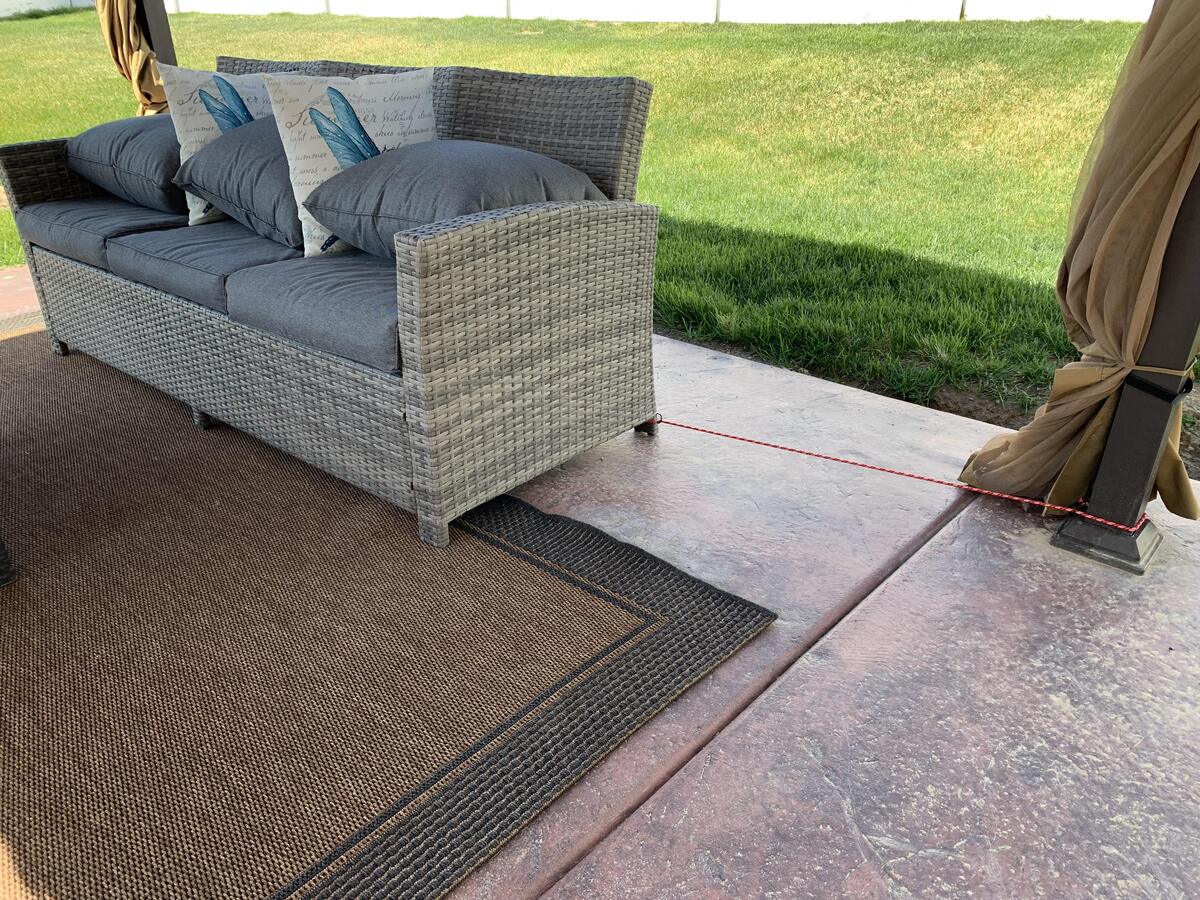
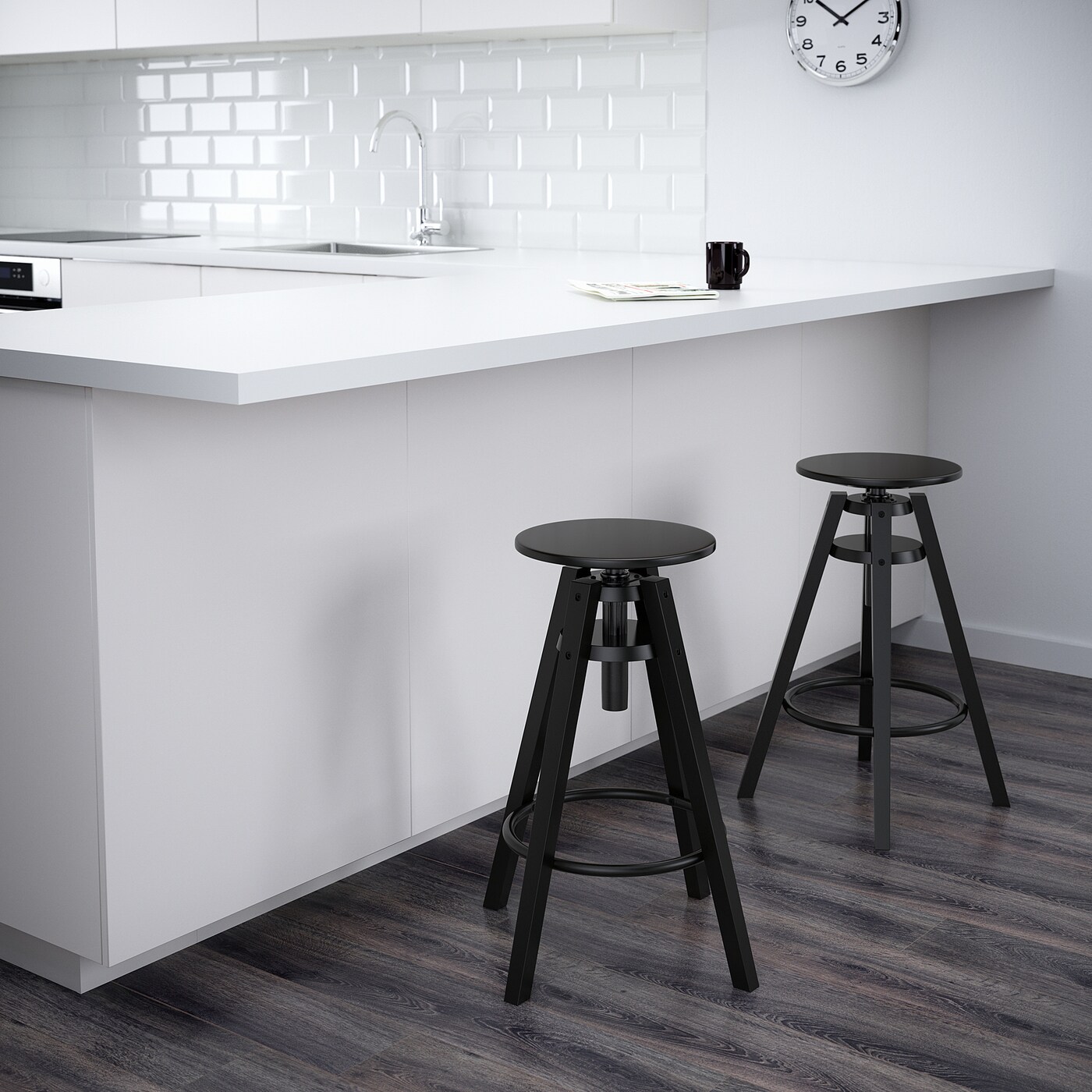

0 thoughts on “How To Keep A Patio Heater From Blowing Over”